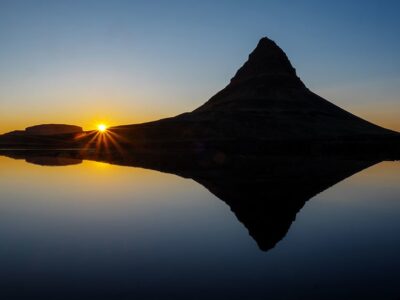
Given Iceland's rapidly increasing popularity as a travel destination, the question "When is the best time of year to go to Iceland?" has become as much about considering the right weather conditions as it is about avoiding the crowds and finding available accommodation at reasonable rates. Depending on how you weigh these factors and what you would like to do in Iceland, we'll help you decide which season is right for you.
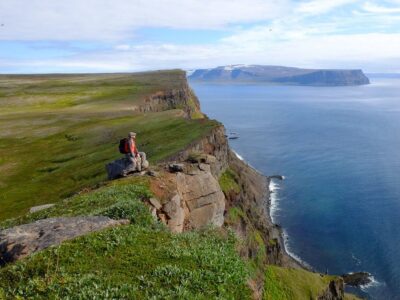
Iceland is a world-class hiking destination. Its colored mountains, green valleys, and windswept cliffs provide the perfect setting for epic multi-day hikes. Since most Icelanders live in and around Reykjavik, and most travelers stay close to the roads, the rest of the sparsely populated country offers plenty of room to roam. These multi-day treks cover some of the most beautiful places in Iceland.
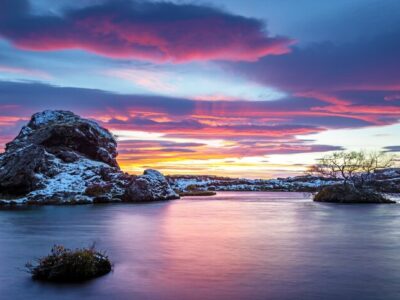
Eight to 10 days is a great length for an Iceland trip with stops in Reykjavík, the South Coast, Snæfellsnes Peninsula, East Fjords, Lake Mývatn, and Akureyri. Travelers with more time can enjoy extra sights and activities at each stop or explore more of the country—some favored itinerary extensions include the Golden Circle, Westfjords, or West Iceland. Get inspired with the below trip ideas for Reykjavík, the South Coast, Snæfellsnes Peninsula, East Fjords, Lake Mývatn, and Akureyri.
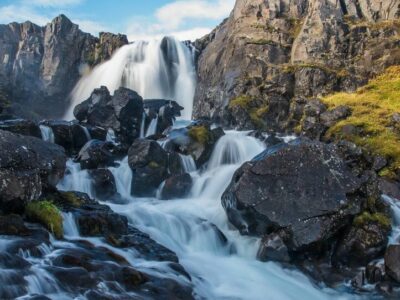
Route 1—known as Iceland's famed Ring Road—loops around the entire country, allowing you to see all the sights, east to west, north to south. A road trip along the Ring Road features some of Iceland's most popular destinations, like the Blue Lagoon, the canyons and glaciers of the South Coast, the famous Gulfoss waterfall, black-sand beaches, and geothermal areas. In addition, the route is packed with excursions like glacier hikes, river rafting, hiking, and (of course) soaking in hot springs.
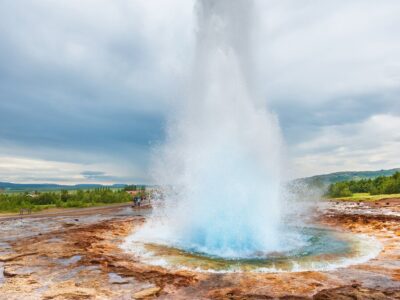
Most travelers will find that 8 to 11 days is perfect for a well-paced Iceland trip with stops in Reykjavík, along the Golden Circle, South Coast, Snæfellsnes Peninsula, and Westman Islands. Travelers with less time can hit the route's highlights in seven days, which makes for a fast-paced journey. Those with more time can enjoy extra sights and activities at each stop or explore more of the country—some favorite itinerary extensions include Thórsmörk, Reykjanes Peninsula, or West Iceland. See more ideas for Reykjavík, the Golden Circle, South Coast, Snæfellsnes Peninsula, and Westman Islands itineraries below.
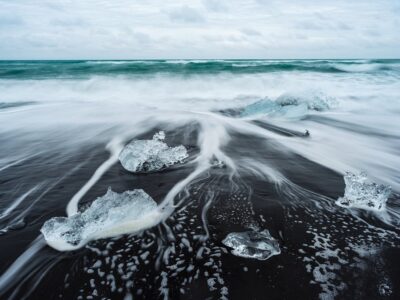
With travel to the small island nation on the rise, Iceland has become uniquely cosmopolitan, bustling with new hotels, restaurants, and exciting things to do. To help you get a general idea of what to expect and how to prepare for your trip, we put together a guide of frequently asked questions that will help you navigate the country better, from must-try foods to the perfect time to see the northern lights.
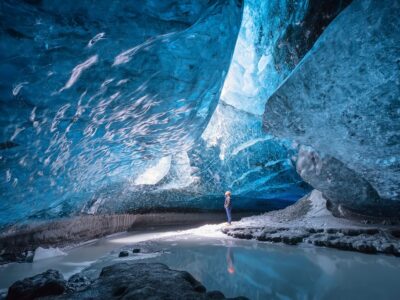
Take advantage of the snowy season where everything seems more calm and quiet, and when the tourist crowds are at their smallest. This is also one of the best times for viewing the Northern Lights. Read on to learn more about visiting Iceland in January.
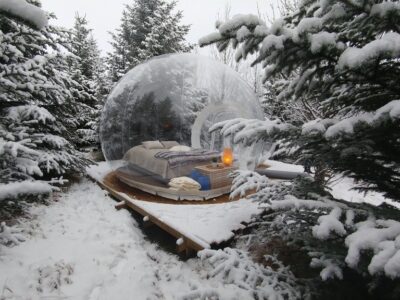
Iceland has no shortage of hotels, but if you're looking for a truly memorable travel experience, why not defy convention? From camping on a glacier to overnighting in a historic herring factory, you're sure to find a unique lodging option for your Iceland trip that's more than just a place to rest your head.
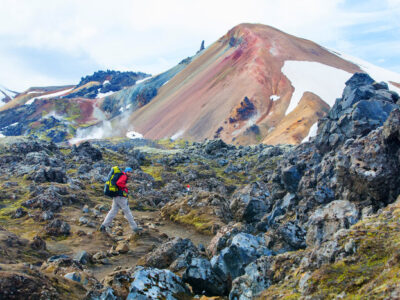
Although Iceland offers a diverse range of activities to enjoy, its natural environment is one of its main draws—and with that comes a nearly endless assortment of active outdoor excursions. Experience kayaking through a glacial lagoon or hiking to the country's many waterfalls. Go ice climbing up one of the glaciers or ride horses along the coast. Snorkel between tectonic plates and zip line over river canyons. You can do all this and more in beautiful Iceland.
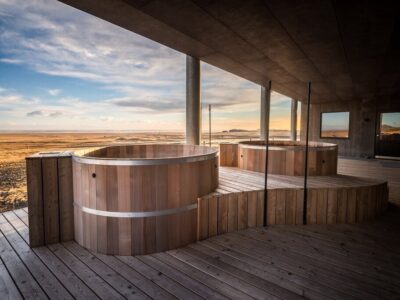
Whether you're looking for a traditional stay, a modern one, or a mix of both, you can find what you need in these hotels on Iceland's South Coast. This region—known for geometric basalt formations, "diamond" beaches, and Europe's largest glacier—primarily offers guesthouses with limited services but an abundance of hospitality. These hotels all have that warm, personalized feeling, as well as amenities like hot tubs, tasty restaurants, and views of the landscape that have made Iceland a must-visit destination.
